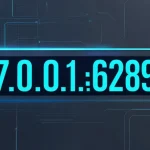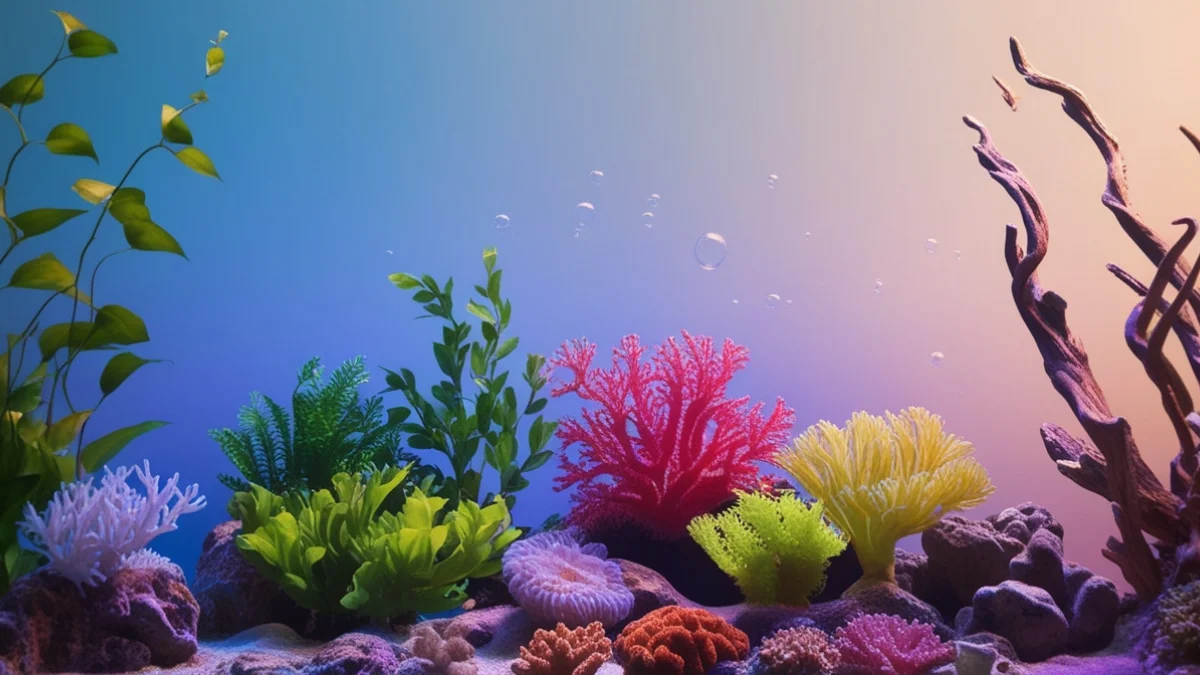Hygrophila Polysperma, commonly known as Dwarf Hygro or Indian Swampweed, is a popular choice among aquarists due to its fast-growing nature and ability to thrive in various conditions. This versatile aquascaping plant enhances the aesthetics of a freshwater aquarium while also providing oxygenation and natural filtration benefits. Its ease of care makes it ideal for both beginners and seasoned hobbyists.
However, despite its resilience, many aquarists encounter the issue of puntas negras—black tips that appear on the plant’s leaves. This problem can diminish the plant’s beauty and indicate underlying issues in the aquarium’s ecosystem. In this guide, we will explore how to prevent black tips, optimize plant growth, and maintain a lush aquascape with Hygrophila Polysperma Puntas Negras.
Ideal Tank Conditions for Healthy Hygrophila Polysperma
To keep Hygrophila Polysperma thriving, it is essential to provide the right tank conditions. This plant adapts well to different environments, but specific parameters will ensure vibrant growth and prevent common issues like black tips.
Tank Size and Placement
Although Hygrophila Polysperma can flourish in small tanks, a larger aquarium (10+ gallons) allows it to grow tall and bushy without overcrowding. It serves as an excellent background plant, adding depth and dimension to aquascapes. Many aquarists use it alongside Monte Carlo plant, Dwarf Hairgrass, or Red Root Floater to create stunning planted layouts.
Substrate and Nutrients Required
Using a nutrient-rich substrate is crucial for healthy root development. Options like aquarium soil or root tabs ensure that the plant receives essential nutrients. While sand or gravel can also be used, supplementing with fertilizers will promote lush foliage and prevent deficiencies.
Also Read: Something Shared by Wetlands and Woodwinds: A Tale of Music and Ecology
Hygrophila Polysperma Puntas Negras: Common Growth Problems and Their Solutions
Even though Hygrophila Polysperma is low-maintenance, it can experience growth issues. Here’s how to tackle the most common problems:
Black Tips: Causes and Fixes
The appearance of black tips (puntas negras) is often due to iron deficiency, poor lighting, or fluctuating water conditions. To resolve this:
- Add liquid iron supplements to ensure adequate nutrient levels.
- Maintain stable pH levels (6.5-7.5) and water hardness.
- Increase light intensity if needed to support robust growth.
Melting Leaves: How to Prevent It After Planting
Newly introduced Hygrophila Polysperma often experiences melting leaves as it adjusts to the aquarium. To minimize this:
- Trim affected leaves to encourage new submerged growth.
- Provide stable water conditions and avoid sudden parameter changes.
- Use liquid fertilizers to boost recovery.
Leggy Growth: Improving Plant Density
If your plant appears leggy with sparse leaves, it likely needs more light and better trimming techniques:
- Increase aquarium lighting intensity.
- Regularly trim stems to encourage bushy lateral growth.
- Use CO₂ injection for optimal photosynthesis.
The Role of Nutrients in Preventing Black Tips
A well-balanced nutrient supply ensures healthy, vibrant growth while preventing black tips and leaf deterioration.
Essential Macronutrients (NPK)
Hygrophila Polysperma requires adequate levels of nitrogen (N), phosphorus (P), and potassium (K):
- Nitrogen supports leaf and stem growth.
- Phosphorus promotes strong root development.
- Potassium prevents leaf yellowing and deterioration.
Importance of Micronutrients (Iron, Magnesium, Calcium)
- Iron is essential for chlorophyll production—deficiency results in black tips and pale leaves.
- Magnesium helps in photosynthesis and supports green, lush foliage.
- Calcium strengthens cell walls, preventing stunted growth.
Lighting and CO₂: Balancing for Optimal Growth
Hygrophila Polysperma can grow under low-tech and high-tech conditions, but proper lighting and CO₂ will significantly enhance its appearance.
How Much Light Does Hygrophila Polysperma Need?
- Low light: Slower growth, longer stems, and fewer leaves.
- Moderate to high light: Denser foliage and vibrant colors.
- Use LED lights designed for aquatic plants to maintain consistency.
Understanding CO₂ Injection for Lush Green Plants
While CO₂ injection isn’t mandatory, adding it will:
- Boost photosynthesis for faster, healthier growth.
- Prevent algae buildup by helping plants outcompete algae.
- Enhance color vibrancy and leaf density.
Pruning and Propagation Tips
Regular pruning and propagation keep Hygrophila Polysperma healthy and aesthetically pleasing.
When and How to Trim Hygrophila Polysperma
- Trim top stems regularly to maintain bushy growth.
- Remove damaged or yellowing leaves to encourage new shoots.
Best Methods for Propagation
- Cut a healthy stem and plant it in the substrate.
- Ensure the cuttings have at least 3-4 leaves.
- Root tabs and liquid fertilizers will speed up establishment.
Preventing Algae and Other Issues
A well-balanced aquatic ecosystem prevents algae overgrowth and plant health problems.
Managing Excess Nutrients
- Avoid over-fertilization, as it encourages algae blooms.
- Use a strong water filtration system to maintain water quality.
- Perform weekly water changes (20-30%) to remove excess nutrients.
Choosing the Right Tank Mates to Support Plant Health
Adding algae-eating species can help maintain a clean tank:
- Amano Shrimp and Nerite Snails consume algae without harming plants.
- Siamese Algae Eaters keep surfaces free of biofilm.
- Driftwood and floating plants create a natural-looking aquascape while controlling excess light exposure.
Conclusion
Hygrophila Polysperma is an exceptional aquatic plant that thrives with proper lighting, nutrient balance, and care. By addressing common issues like black tips, melting leaves, and leggy growth, you can enjoy lush greenery in your aquascape. Whether you are a beginner or an expert aquarist, this plant is a rewarding addition to any freshwater aquarium.
FAQs
Why are the tips of my Hygrophila Polysperma turning black?
Black tips are usually caused by iron deficiency, poor lighting, or unstable water parameters. Adding liquid iron supplements and increasing light exposure can help resolve the issue.
Can I grow Hygrophila Polysperma in a low-tech setup?
Yes! This plant thrives in low-tech tanks, though better lighting and occasional fertilization will enhance its growth.
How often should I trim my Hygrophila Polysperma?
Prune every 2-3 weeks to prevent leggy growth and encourage bushier foliage.
Do I need CO₂ for Hygrophila Polysperma?
CO₂ is not essential but significantly improves growth rate, color, and density.
What are the best tank mates for Hygrophila Polysperma?
Amano Shrimp, Nerite Snails, and Siamese Algae Eaters are great choices as they control algae and don’t harm plants.










